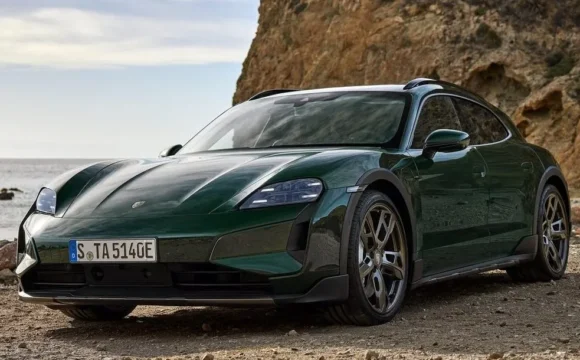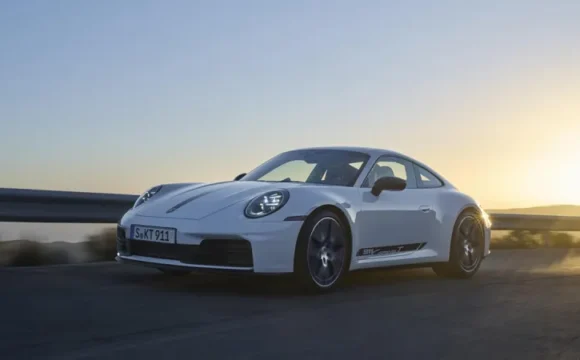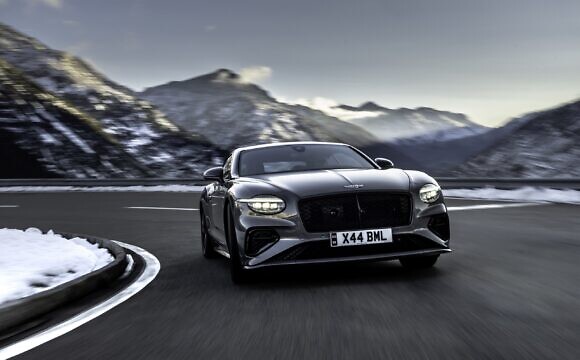Force Major
For most cars, changes that occur during mid-life facelifts are subtle at best, with mild tweaks to headlight shapes, for instance. In Porsche 911 terms, where entire model generations are difficult to tell apart, the changes to the 991-generation model are a bit blink-and-miss.
The 991.2 (as it’s colloquially known) has new four-point LED daytime running lights, redesigned tail lights, black slats on the engine lid and a new interface for the infotainment system which now has support for swipe gestures. That last point is significant as the system used on the 991.1 was neither pretty nor intuitive. The biggest news, however, is the introduction of turbocharging across the entire Porsche 911 model range, but don’t refer to any of these models as a Turbo because that nameplate is still reserved for Porsche’s range-topping models.
The new engine displaces three litres, down from 3.8 litres, though it still retains its flat-six cylinder layout. Against the 991.1 Carrera S, the 991.2 develops 20bhp more, consumes a litre less fuel per 100km and completes the 0-100km/hr sprint 0.2 seconds quicker. Good news, then, because 420bhp, 7.7 litres/100km and 3.9 seconds are deeply impressive numbers. It’s even more impressive when you consider the 991.2 Carrera S (which is just a step up from the entry-level Carrera) has performance figures comparable to a range-topping Turbo S from 2005. But has the addition of a pair of turbochargers diluted the appeal of what is arguably one of the finest sports cars of the modern era? The answer to that question is entirely dependent on your point of view.

If you consider yourself a petrolhead, then yes. The new car is more rapid and more frugal than before, but it’s also not nearly as engaging.
A large part of that is down to the new turbo engine’s flat torque curve (its peak output of 500Nm is available from 1,700rpm to 5,000rpm), which makes its power delivery more measured against its peakier predecessor. The Porsche 911 now feels more grand tourer than sports car, though it could be argued the model has been steadily maturing since 996-generation cars first hit the road in 1999.
All’s not lost on the handling front, however. PASM adaptive dampers are now included as standard and if you opt for the Sport Chrono package, it will include a 918 Spyder-esque rotary driving mode knob on the steering wheel to alter the car’s personality from brisk to searing.
If you’re still unimpressed by the Carrera S even in Sport Plus mode, hit the nondescript central button on that dial and you’ll be in for a surprise. This Sport Response button shifts down to the lowest possible gear for the speed you’re travelling at and wires the throttle to a hair trigger for 20 seconds. It sounds mundane, but hitting that button when just cruising along in seventh gear makes it feel like a bomb has gone off underneath the car. From this, two things can be inferred: the new Carrera S has superb cruising refinement and its new engine can still sing when worked hard. To be clear, the Sport Response button doesn’t actually make the Carrera S faster, it just makes the car appear faster. And in that respect, the 991.2 Carrera S feels more contrived and less organic. Think of it as a small taster of the rolling electronics warfare suite that is the Porsche 911 Turbo.
But this doesn’t mean the Porsche 911 magic is gone, it’s just different. Purists will surely pine for the old car, but objectively, there’s little not to like about the Porsche 911’s first foray into a brave new exclusively turbocharged world.
The updated Carrera S is quicker and even more rounded than ever, which is high praise, since the old model was hardly slow or a one-trick pony.











